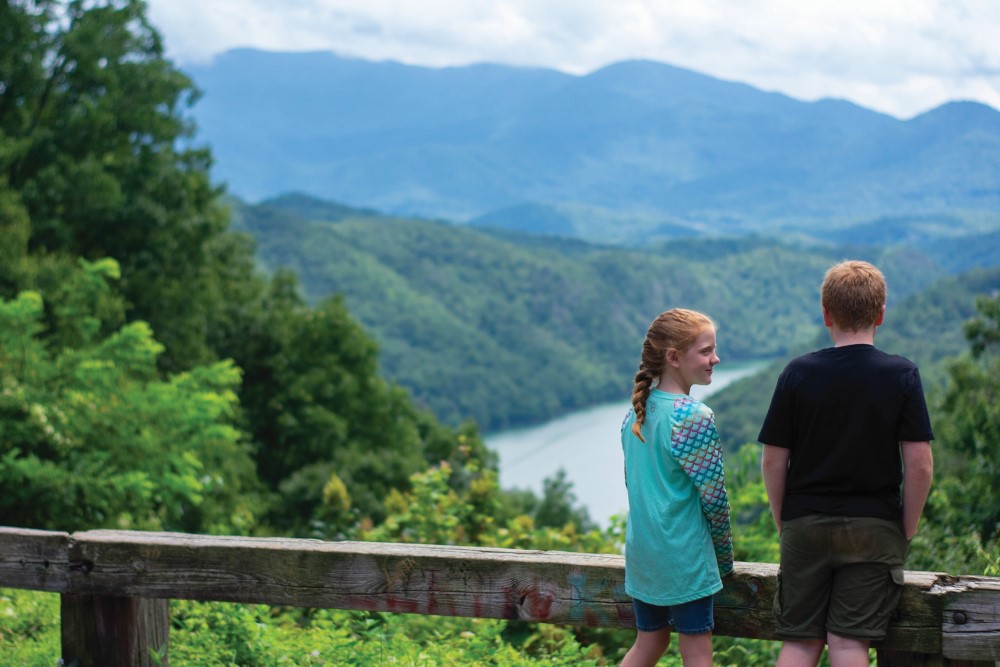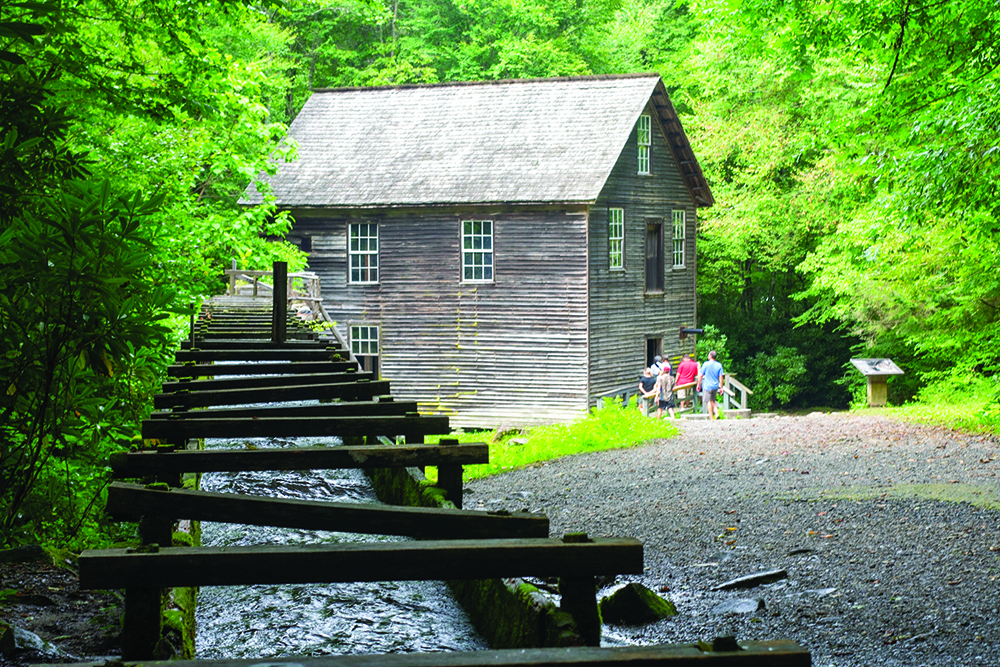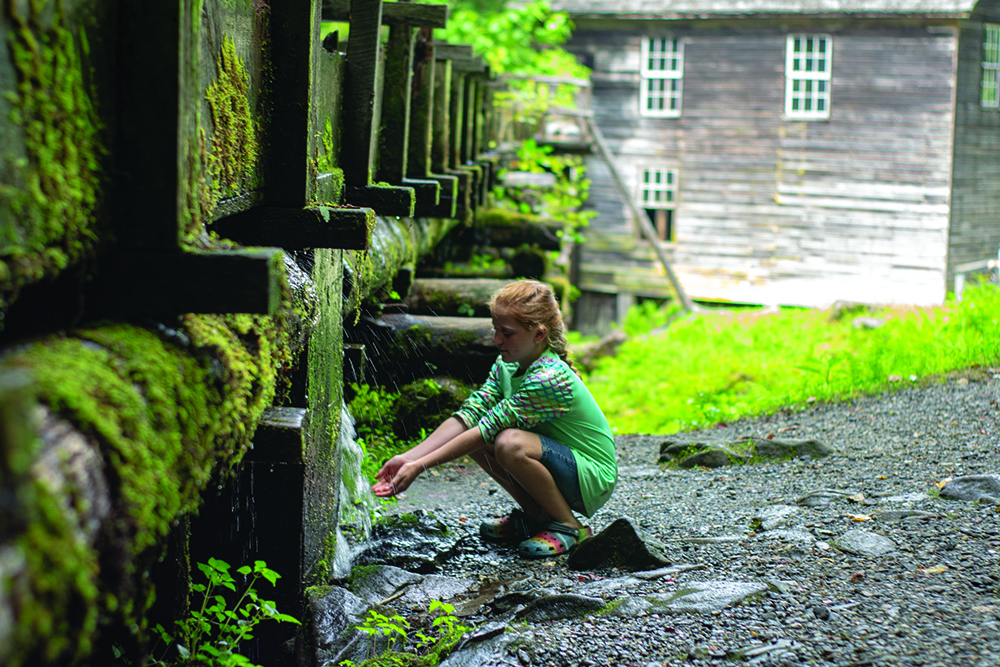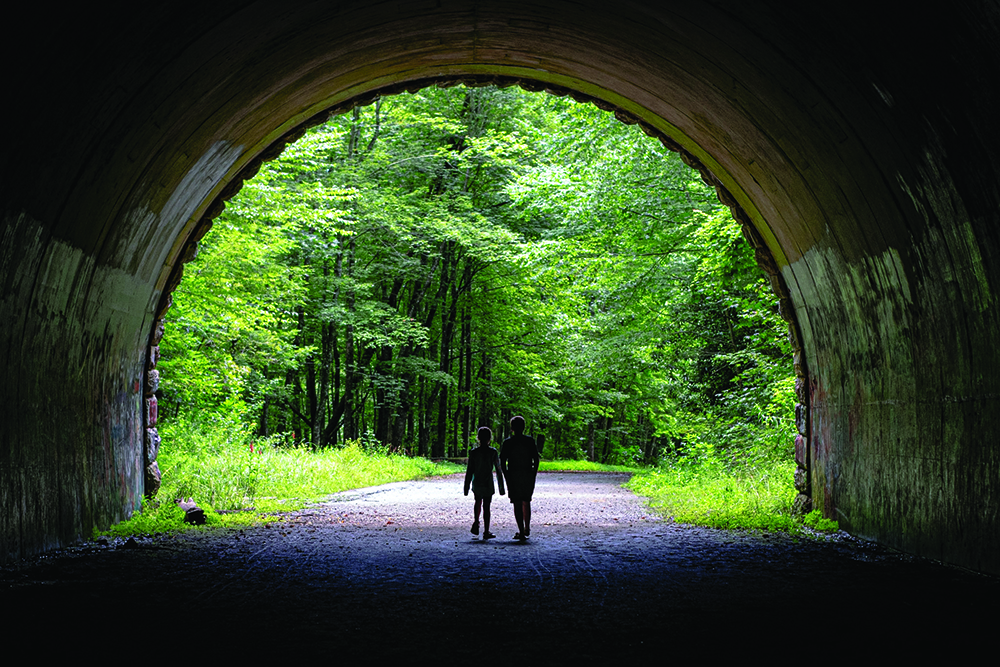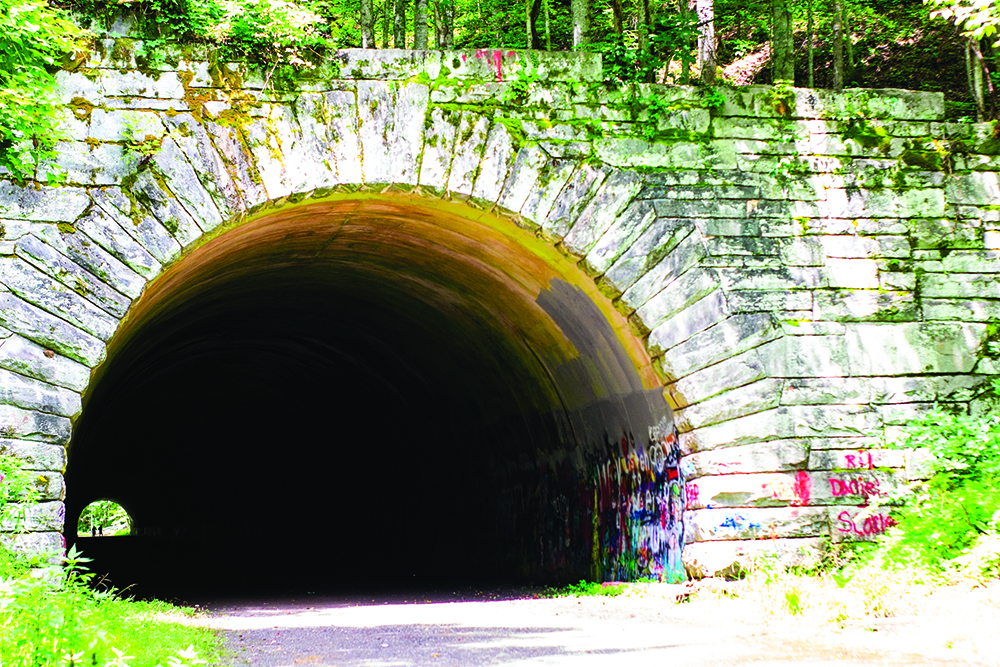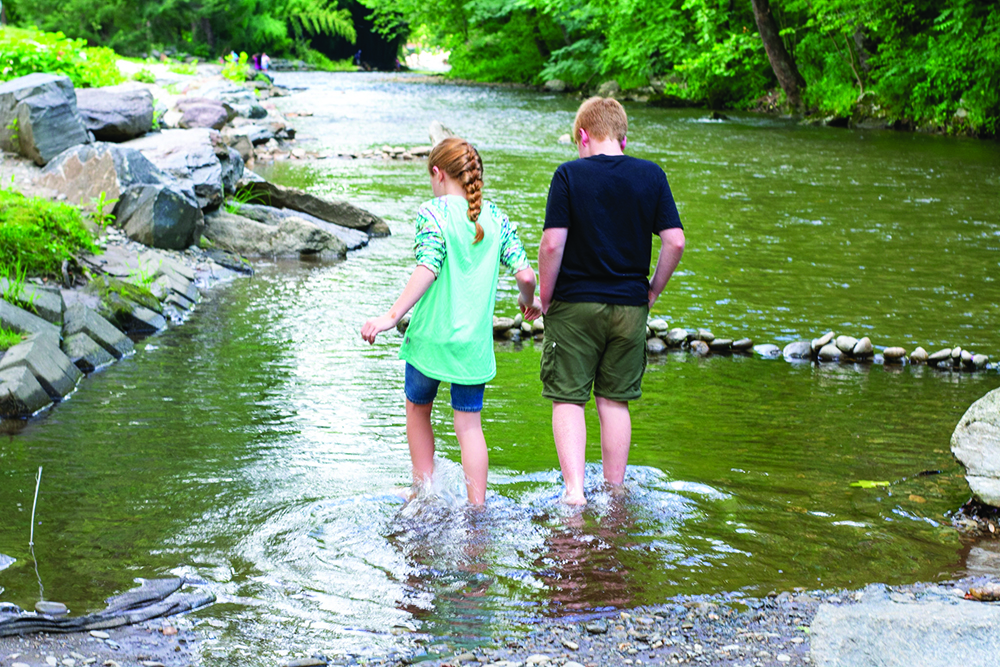If we can’t agree on much these days, I feel confident that we can at least agree that 2020 has been unorthodox. From shutdowns to partial re-openings and from social distancing to changes in day to day functions and a multitude of other scenarios, nothing has quite gone like most of us had assumed it would some months back. At this point, I think many of us are treading water and trying to keep up with the near constant changes in information and protocols. Some days you just need a break from the chaos, and we were able to find it in the form of a day trip to our neighboring state to the north.
As our school year has already started back, we have tried to resume our Friday’s out and about discovering new places. After consulting our running list of places to visit, we realized that most were either completely or partially closed. We opted for an outdoor adventure to breathe in some fresh air, get off the beaten path, and enjoy some of the things that haven’t changed in years.
For a while now, I’ve seen various pictures and mentions of “The Road to Nowhere.” Like most of you are probably doing now, I wondered why someone wanted to drive somewhere just to end up “Nowhere” and what was the actual story behind this strange destination. So, I started researching and I was quite surprised by what I found.
The Road to Nowhere, as locals call it, is the 6.5-mile long Lakeview Drive East in Bryson City, NC. The story begins back in the 1940’s when the Tennessee Valley Authority began the process of building Fontana Lake and Fontana Dam. TVA agreed to purchase 44,000 acres of land and would then transfer the land to the National Park Service that would be annexed into the Great Smoky Mountains National Park. TVA also agreed to pay $400,000 to Swain County to compensate for flooding NC Highway 288 which was a main artery through this area for local families. The Department of the Interior agreed to build a replacement road around the north side of Fontana Lake that would allow displaced residents to still have access to their familial cemeteries. In 1944, the dam was completed, and the lake was formed.
In 1960, crews began working on the eastern section of the replacement road, however they quickly ran into environmental issues with the surrounding landscape. After $4.1 million had been spent on the road and the quarter mile long tunnel completed, it was discovered that Anakeesta rock had been exposed. When disturbed, this rock can leach out a mild form of acid that can contaminate runoff and pose a threat to nearby wildlife. Construction was halted citing environmental concerns. Thus, it earned the moniker of “The Road to Nowhere.” The National Park Service does ferry families over to the north side of the lake to visit the 28 cemeteries that are now accessible only by water to celebrate Decoration Day, a mountain tradition of honoring the dead by singing spiritual songs, sharing a meal, and placing flowers on the graves.
In 2010, the federal government officially gave up on finishing the road and instead promised a large sum of money to Swain County. There is much more to the story of this road and I would encourage you to delve into its still evolving history as well as accounts from families whose lands were purchased and then flooded to build the dam.
As for our visit, we were able to find an empty spot in the small lot at the base of the pathway leading to the tunnel’s opening. The pathway to the tunnel is not strenuous and is around 100 yards or so. The tunnel is much longer than it looks from the pathway and is very dark and a bit muddy, so I would suggest bringing a flashlight and not wearing your best shoes. While the acoustics inside are great (as my kids tested repeatedly), some of the graffiti that the tunnel has fallen victim to is not great so be warned not to linger on the images with your flashlight too long. After walking through the tunnel, you can continue for a short way before the pavement runs out. At that point, there are several miles of trails available to hike as well. The kids especially enjoyed the trails that lead up each side of the opening of the tunnel to be able to walk across the top. On the way back down the road, we pulled over at some of the scenic overlooks and were rewarded with some amazing views of the river below and the mountains beyond. The Road to Nowhere was well worth the trip simply for the fresh air, beautiful views, and the rich history involved.
We rounded out our day trip with a short hop over to Cherokee to play in the river at the Oconaluftee Islands Park, visit the Mountain Farm Museum and Mingus Mill in the Great Smoky Mountains National Park.
Anytime we are in this area, we make it a priority to stop by Oconaluftee Islands Park. This park is right in the middle of Cherokee and on the Oconaluftee River with plenty of open grassy areas, numerous picnic tables, as well as quite a few places to wade into the river to play. Even during the heat of the day, the park offered an oasis from the hustle of downtown with plenty of places for the kids to play without concern of crowding in on other families doing the same.
After cooling off in the river, we traveled up to Oconaluftee Visitor’s Center of the Great Smoky Mountains National Park to walk through the outdoor Mountain Farm Museum and spy on a group of elk who were grazing in the field beside it. Stepping into the rustic fence here was like stepping back into an 1880’s mountain farmstead complete with an old log farmhouse, blacksmith shop, and various barns full of farming implements which offer a glimpse into a lifestyle far different from our own. After leaving here, we drove the short 5 minutes up the road to Mingus Mill. This grist mill located on Mingus Creek was built in 1886 and uses a water powered turbine instead of the traditional water wheel to power the equipment inside. One of our favorite things to do here was to follow the trail back along the millrace to its origin at Mingus Creek. Due to COVID, we could not enter the mill itself but there was someone at the door who explained all the equipment and how it functions while you were able to look in at it.
All in all, it was a relaxing day trip out of the ordinary (if that is what we are calling it these days) and served to hit the much-needed reset button for all of us.

